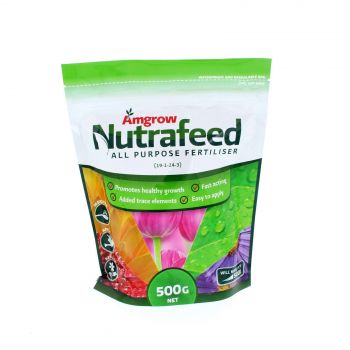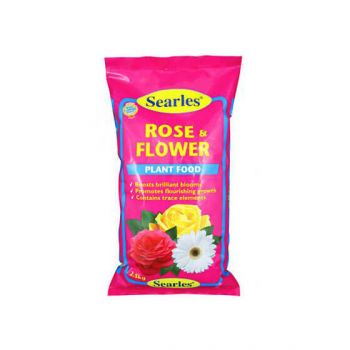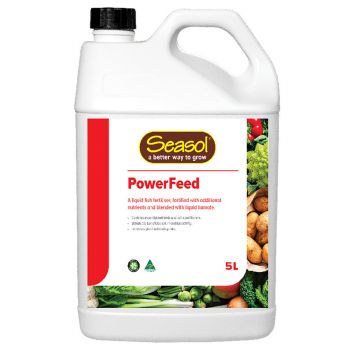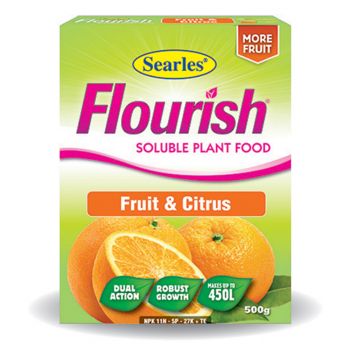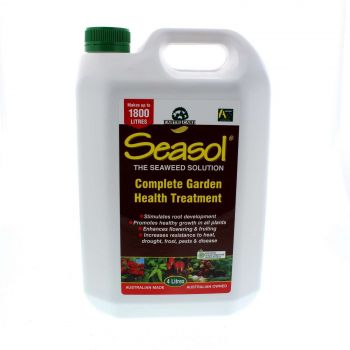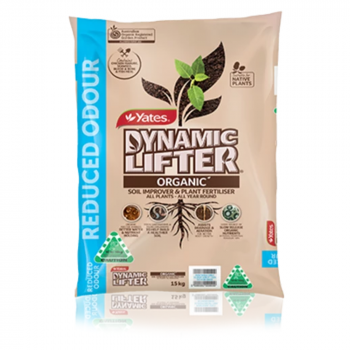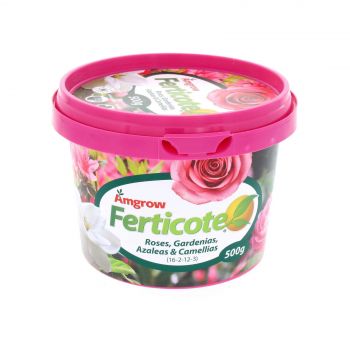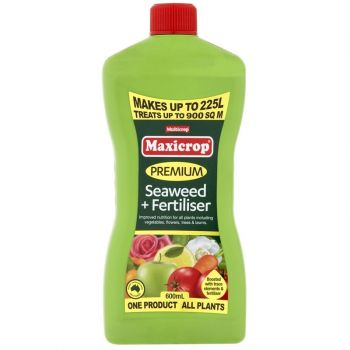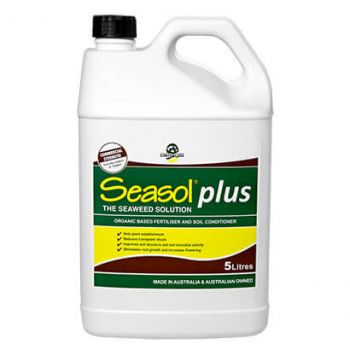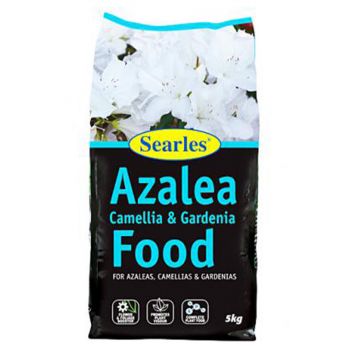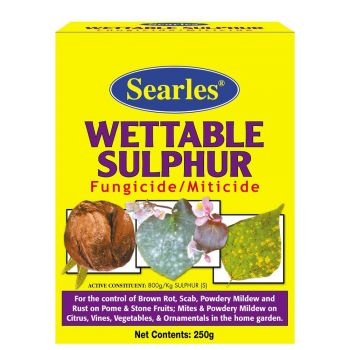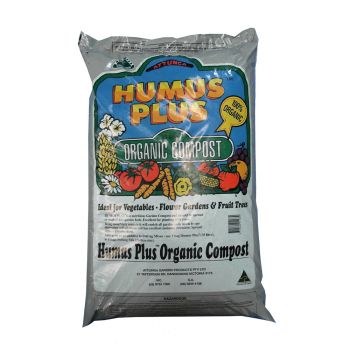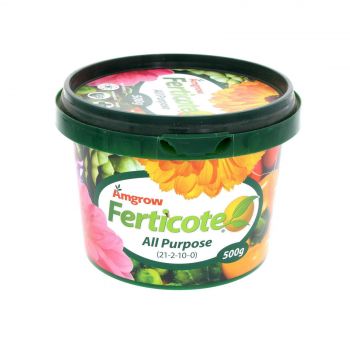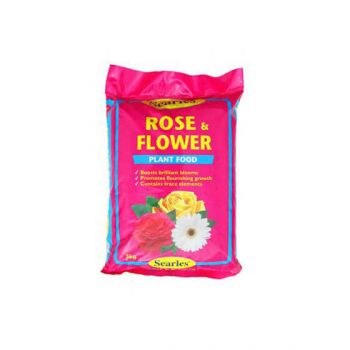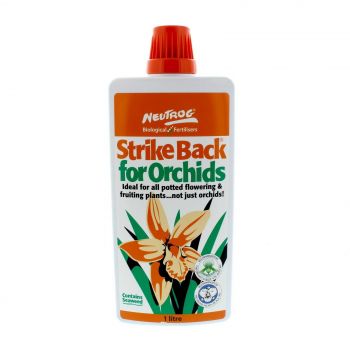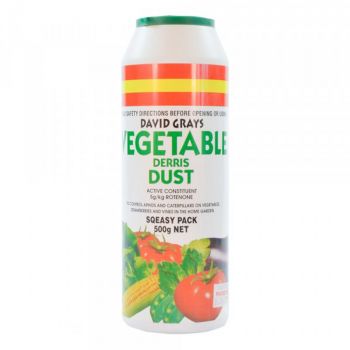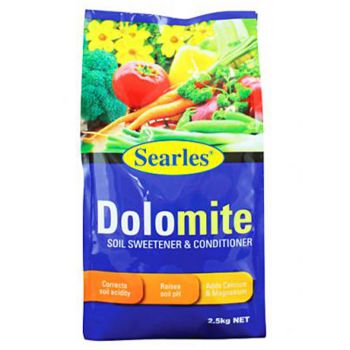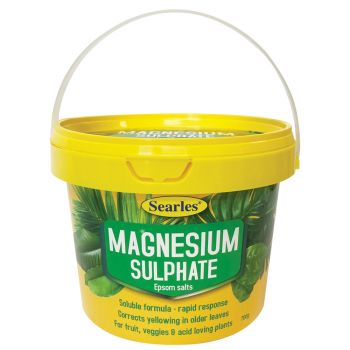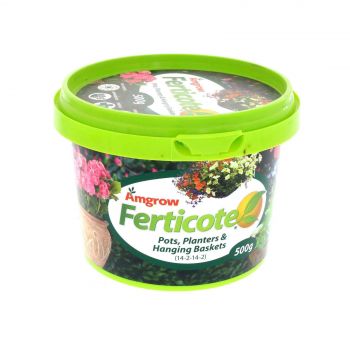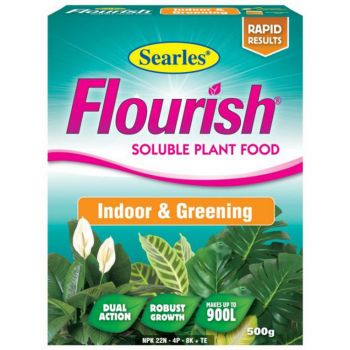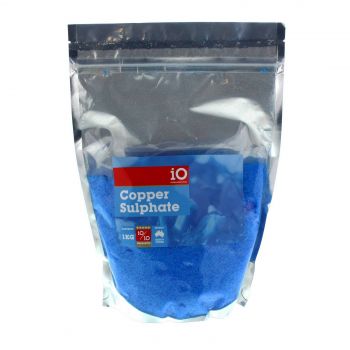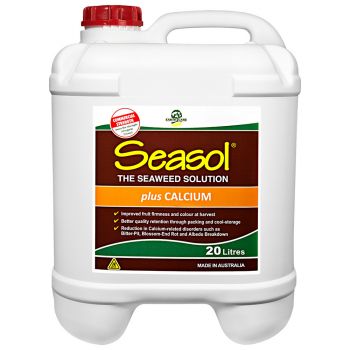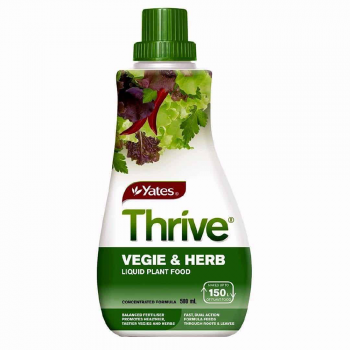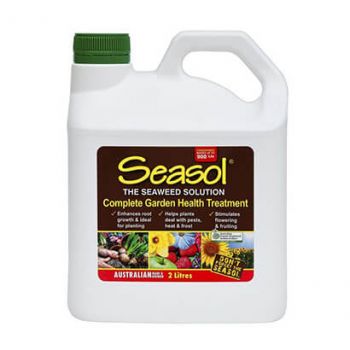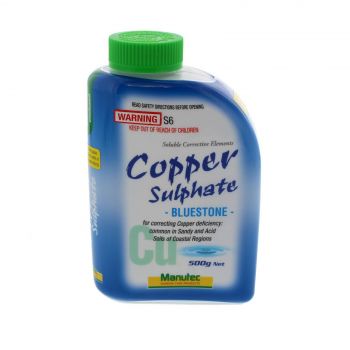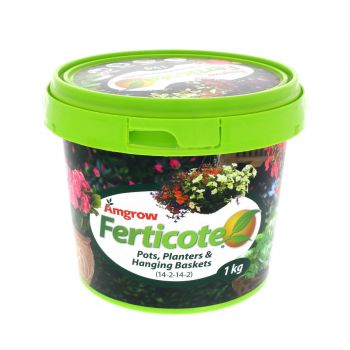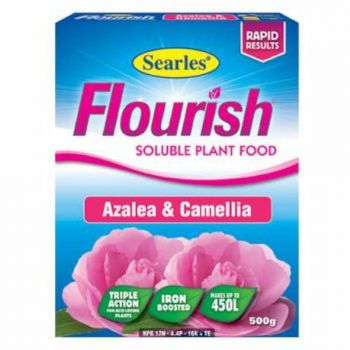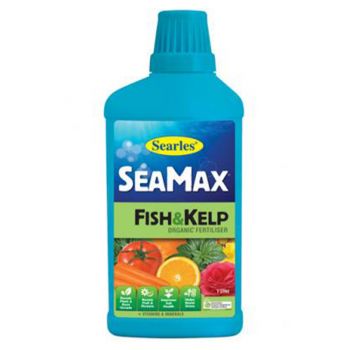REVIALIZING YOUR GARDEN: A GUIDE TO UNDERSTANDING FERTILIZERS AND HERBICIDES
When looking at lawn care products, you will often hear the names fertilisers and herbicides used a lot. In this article, we look at what exactly fertilisers and herbicides are, the different types available, and when you should use them on your lawn. Before starting, it’s always important to read the product's label and have the correct safety equipment. Gloves and goggles are recommended when using chemical products, you can also use a mask for any spray products to avoid inhaling the product.
Fertilisers
Your lawn is, in fact, like any other plant. It requires air, water, sunlight, and nutrients to grow. If your soil isn't properly nourished, it won't be able to reach its full potential and lush green colour. Lawn fertilisers can be utilized to assist replenish nutrients that have been depleted.
The three fundamental macro-nutrients required for grass to grow are nitrogen, phosphorus, and potassium. This can be known as NPK. Nitrogen is largely responsible for the growth of the leaves and is the most talked about nutrient when it comes to lawns. For example, a 20kg bag of Anco Lawn Food contains 22 Nitrogen, 5 Phosphorus and 8 Potassium. This product offers a huge and healthy boost to lawns with its high nitrogen content.
Potassium is a nutrient that helps the overall functions of the plant perform correctly. Potassium also helps the plant use nitrogen efficiently.
Different Types Of Fertilisers
There are many different types of fertilisers available, from liquids to granular, slow-release, fast-release, and controlled-release.
Granular fertilisers are a popular option and are easy to apply. Granular options are usually available as a slow release and will deliver nutrients to the lawn over a certain period. They are best spread out using a fertiliser spreader to help apply the product evenly.
Liquid fertilisers will provide much quicker results as they are absorbed into the leaf blade of the grass. They are best applied to a lawn using a pressure sprayer.
When To Apply
Granular fertilisers are best to only be applied 2-3 times a year. Once in Spring, Summer, and Autumn. We recommend using the long weekends as a guide on when to do this, October long weekend, Australia Day, and the Easter long weekend.
Liquid fertilisers can be used more frequently since they are absorbed and utilised by the plant more quickly. When active growth is present or when nutrient deficiency symptoms are visible, monthly applications of liquid fertilisers are usually advised.
Product Recommendations
Lawn Solutions Premium Fertiliser contains a combination of slow and fast-release granules that will give your lawn a quick initial boost and will continue to feed the lawn for up to 12 weeks. This is a well-balanced fertiliser that contains all the essential nutrients your lawn needs to stay healthy and is suitable for all lawn varieties.
Exceed Liquid Fertiliser is a great liquid fertiliser option. Exceed will give your lawn a quick boost as it is absorbed by the leaf of the grass.
Be sure to read the label on the packaging before applying. It’s important to only apply the recommended amount as the more product you add not make it the more effective. It will only cause the weeds to become immune to the product.
Herbicides
If your lawn has weeds or other grasses growing in it, a herbicide can be used to remove it. There is a vast range of herbicides available, some will remove all plant material including grass and others are selective herbicides that target a specific weed.
When using herbicides, It's so important to read the label on the packaging to ensure the herbicide you are using is safe for your lawn type or pet/child safe if the herbicide requires time to process.
Different Types Of Herbicides
There are a few different types of herbicides available.
Pre-emergent herbicides like Oxafert will help stop weed seeds that are already on your lawn, stopping the weed before it grows and spreads. These types of herbicides target seasonal weeds like Winter Grass, Summer Grass, Crabgrass/Crowsfoot, and Creeping Oxalis.
Post-emergent herbicides will remove the weeds that are already growing on the lawn.
The most common type of herbicide on the market is a broadleaf herbicide like All Purpose Weed Control or Amgrow Bin Die. These will remove common broadleaf weeds like Bindii, Clover, Catsear, Creeping Oxalis, Cudweed, and Plain Thistle.
For other types of weeds, you will need to use a specific type of herbicide for the weed you are wanting to remove.
When To Apply
When using pre-emergent herbicides, it is best to time your application just before the seeds start to germinate. To stop seasonal winter weeds like Winter Grass it is best to apply a pre-emergent in mid to late Autumn, or when the temperatures start to drop in your location. To stop seasonal summer weeds like Summer Grass and Crabgrass/Crowsfoot apply a pre-emergent in early to mid-spring or when the temperatures are starting to warm up.
When treating weeds that have already started to grow, it is best to treat them as early as possible to help prevent them from spreading throughout the lawn.
For more information or product suggestions, give us a call at (03) 5250 2056 or visit us in-store at 370 Grubb Road Wallington. You can also shop 24/7 and we also ship Australia-wide from our website wallingtons.com.au






